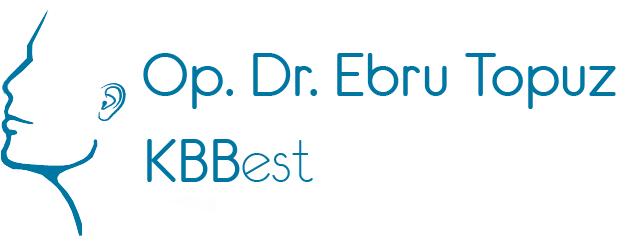
As it might happen in every operation, rhinoplasty operations can also require a second operation. Revision rhinoplasty is if the patient is being operated by the same surgeon again, and secondary rhinoplasty is used as a term if the patient is being operated for the second time by another surgeon. Secondary rhinoplasty oeprations are more difficult compared to revision rhinoplasties because not knowing what has been done during the first operation makes the second time more open to surprises for the second surgeon. Therefore, it would be wrong to give the guarantee of perfection to the patients for these kinds of operations.
Unsuccesful primary rhinoplasty operations can be due to several reasons:
- Multiple number of deformities in the nose
- The structural condition of the bone and cartilage and the quality of skin tissue
- Age
- Cigarette usage
- If the patient has realistic expectations about the outcome of the surgery
- Insufficient surgical technique
- Post-operational self-care and healing
There are no surgeons that have no revision operations. On the contrary, higher the number of cases one has, higher the revision experience. For a good surgeon, revision rate is approximately between 5-12%. In recent years, it has increased to approximately 20% due to higher patient expectations.
When to do a revision rhinoplasty?
For small deformities, it can be done in 3-6 months after the first surgery. For major deformities, it should be done 9-12 months after the initial surgery.
Is there a need for additional procedures in revision rhinoplasty?
If the septal cartilage has been used in the initial surgery and if the surgeon thinks it may not be enough for the revision, there may be a need to harvest a graft from another part of the body – most commonly from the ear or the ribs.

As it might happen in every operation, rhinoplasty operations can also require a second operation. Revision rhinoplasty is if the patient is being operated by the same surgeon again, and secondary rhinoplasty is used as a term if the patient is being operated for the second time by another surgeon. Secondary rhinoplasty oeprations are more difficult compared to revision rhinoplasties because not knowing what has been done during the first operation makes the second time more open to surprises for the second surgeon. Therefore, it would be wrong to give the guarantee of perfection to the patients for these kinds of operations.
Unsuccesful primary rhinoplasty operations can be due to several reasons:
- Multiple number of deformities in the nose
- The structural condition of the bone and cartilage and the quality of skin tissue
- Age
- Cigarette usage
- If the patient has realistic expectations about the outcome of the surgery
- Insufficient surgical technique
- Post-operational self-care and healing
There are no surgeons that have no revision operations. On the contrary, higher the number of cases one has, higher the revision experience. For a good surgeon, revision rate is approximately between 5-12%. In recent years, it has increased to approximately 20% due to higher patient expectations.
When to do a revision rhinoplasty?
For small deformities, it can be done in 3-6 months after the first surgery. For major deformities, it should be done 9-12 months after the initial surgery.
Is there a need for additional procedures in revision rhinoplasty?
If the septal cartilage has been used in the initial surgery and if the surgeon thinks it may not be enough for the revision, there may be a need to harvest a graft from another part of the body – most commonly from the ear or the ribs.


